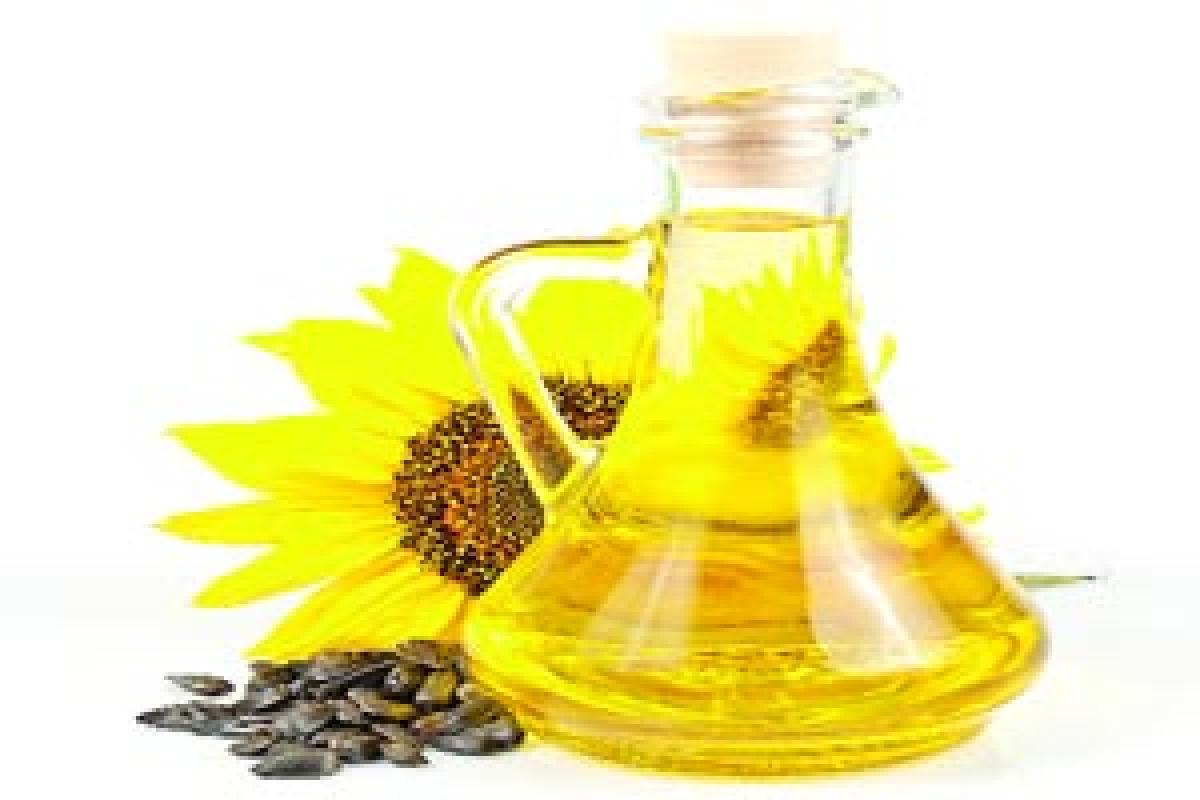Live
- Centre and Seers serious over Tirumala Sacrilege
- LG ELECTRONICS ORGANIZES GRAND TECH SEMINAR IN HYDERABAD
- Tirupati Laddus turns non-vegetarian Pilgrims from Karnataka begin shunning the temple
- analytica Anacon India, India Lab Expo, and Pharma Pro&Pack Expo to host the largest- ever edition in Hyderabad.
- JSW MG Motor India extends Industry-First ‘Battery-as-a-Service’ (BaaS) Program for Comet EV and ZS EV
- Saint-Gobain Gyproc India backs Gowhar Bilal to champion the 2024 World Skills Competition
- Controversy Over Alleged Use of Animal Fat in TTD Laddu Prasadam Sparks Calls for CBI Investigation
- MLA Bandla Krishnamohan Reddy Distributes Mahalakshmi Gas Cylinder Proceeding Letters to Thousands of Beneficiaries in Gadwal
- DK Aruna Demands Strict Punishment for Use of Animal Fat in Tirumala Laddu Preparation
- Samsung India’s AI-Powered ‘Big TV Festival’ Gets Bigger Than Ever This Festive Season; Avail Great Deals & Enjoy Unbeatable Offers on its Premium AI TV Range









